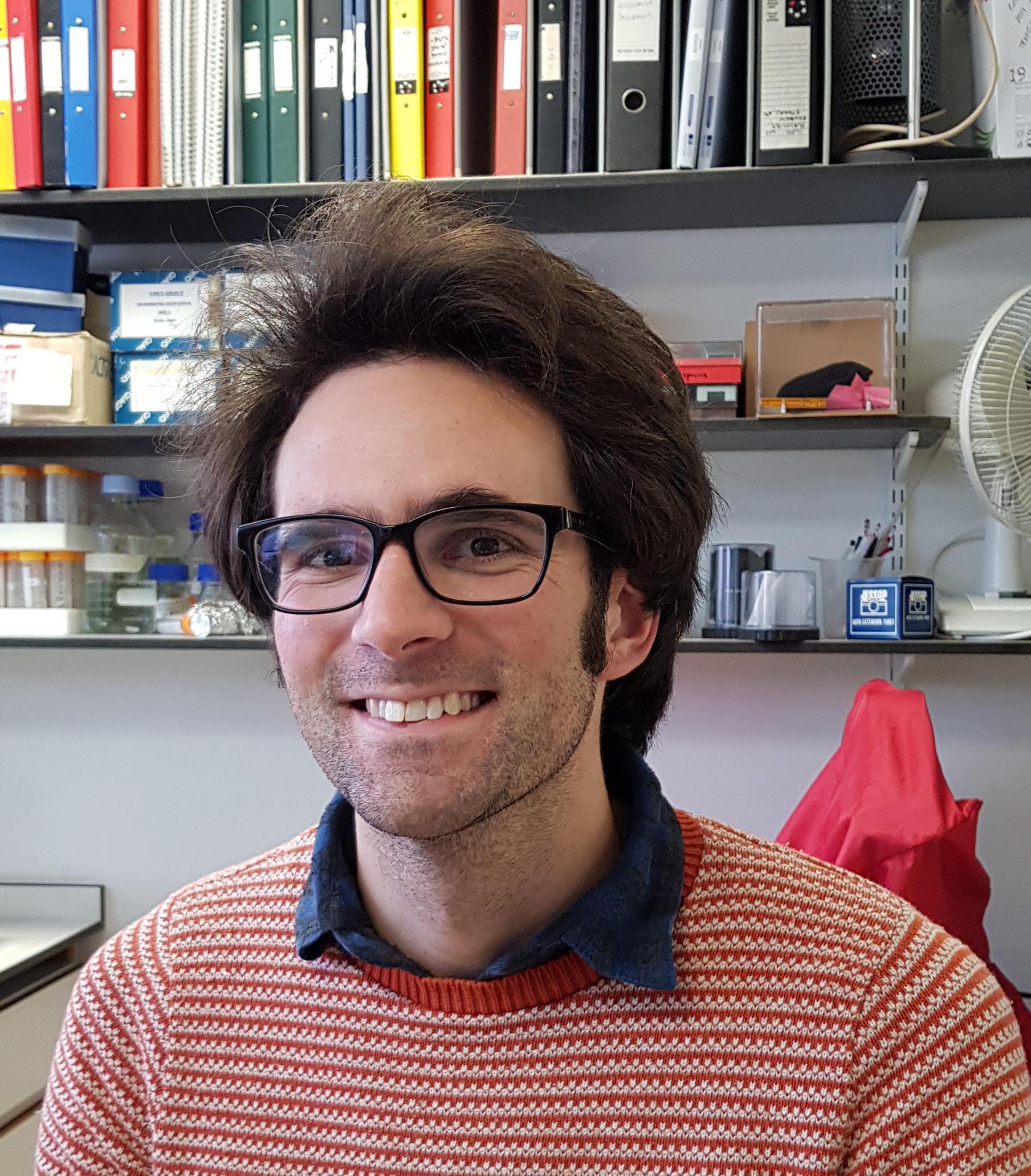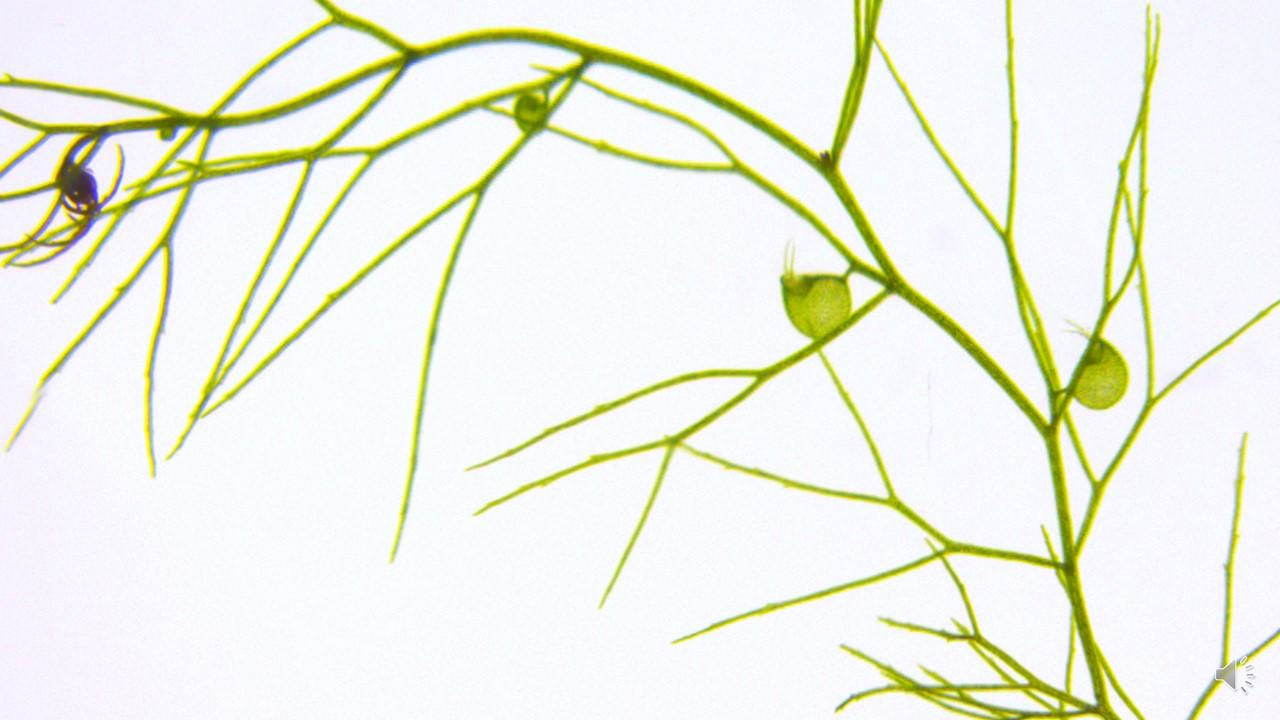Chris Whitewoods will join the SLCU research leadership team to head a new research group focused on understanding how plants pattern themselves in three dimensions.

We are delighted to announce the appointment of Dr Chris Whitewoods, who will be joining us in March 2021.
Dr Whitewoods, who has been appointed as a David Sainsbury Research Career Development Fellow, combines computational modelling, evolution and developmental genetics to understand how plants control their growth in 3D.
Dr Whitewoods will join SLCU from the John Innes Centre in Norwich, where he has been working with Professor Enrico Coen, investigating how gene expression changes control the evolution of carnivorous traps from flat leaves.
During this research, Dr Whitewoods developed the aquatic carnivorous plant Utricularia gibba as an experimental system, which he will continue to work with at SLCU.
"I am excited to start my research group at the SLCU and understand how plants pattern themselves in three dimensions. I am particularly excited to understand how plants pattern their internal structures, such as the intricate air spaces inside leaves that make photosynthesis so efficient," Dr Whitewoods said.
"My research group will combine work in the model plant Arabidopsis thaliana with experiments in the aquatic carnivorous plant Utricularia gibba that I developed as a model during my postdoc. U. gibba has complex cup-shaped traps and enlarged, highly patterned air spaces inside its leaves and stems that allow it to float. Working on such an unusual plant may sound strange but I hope that understanding the developmental and evolutionary basis of these extreme adaptations will help us understand how fundamental developmental processes work in all plants, including more ‘normal’ ones."

Both inside and out, plant leaves are highly adapted to their function: most are flat sheets of tissue and up to 70% of their internal volume consists of air spaces between cells. Together, these features maximise photosynthetic efficiency by allowing efficient light capture and gas exchange. Internal air spaces are created by cells being pulled apart as the tissue grows, so to coordinate air space patterning with overall leaf shape plants must control both growth and cell adhesion in three dimensions. However, how plants do this is unknown.
"To address this, I aim to identify both molecular determinants that orient plant growth in three dimensions and genes that control leaf air space formation," Dr Whitewoods said.
"I will integrate both of these research avenues by producing computational models of leaf development that incorporate physical properties of cell division, adhesion and growth. This will show how growth is coordinated with the mechanical properties of cells to produce particular leaf shapes with intricate internal patterning. This will not only be a major achievement in fundamental biology but may also provide novel ways to improve photosynthetic efficiency by altering air space patterning.
"My research so far has benefitted from working with wonderful people across several different disciplines, and I am looking forward to continuing this collaborative approach in Cambridge."
Dr Whitewoods will join SLCU on 22 March 2021.





